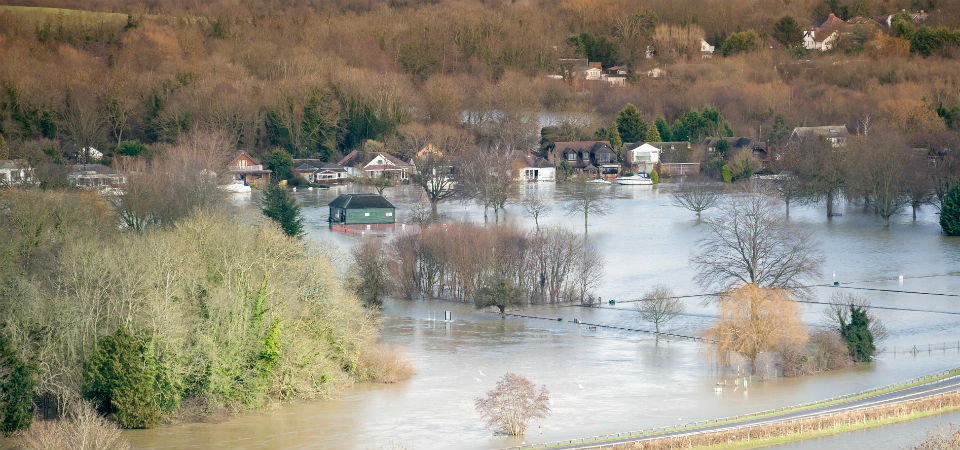22 Nov 2019
How England’s broken planning system has created (not reduced) the risk of floods
 This article first appeared in the Conversation
This article first appeared in the Conversation
Recent floods in England have been described as unprecedented or even “biblical” events, often with the misguided assumption that they were unavoidable or unpredictable, writes Dr Lee Bosher.
That is not the case. Over the past few decades, development practice in England has led to more than 300,000 homes being built in high flood risk areas. In this sense, the planning system has actually created (not reduced) flood risk.
The flooding in northern England was indeed extensive, with about 500 homes flooded and more than 1,000 properties evacuated in Doncaster, and major transport disruption across several counties. Subsequent media coverage did highlight the many ways that flooding can be stopped, but key articles tended to focus on typically capital-intensive solutions: flood walls, river embankments, demountable flood barriers or dredging (the benefits of which are highly debatable). The overarching message was that these events are unpredictable and unprecedented, and the only way to properly deal with them is to invest millions in large physical infrastructure.
While these are helpful suggestions, they only address part of the problem. There is another root cause of flooding that appears not to get so much airtime, namely the role of a fractured planning system that still enables developers to build homes in high flood risk areas.
Cont...
For the full article, visit the Conversation.
ENDS















